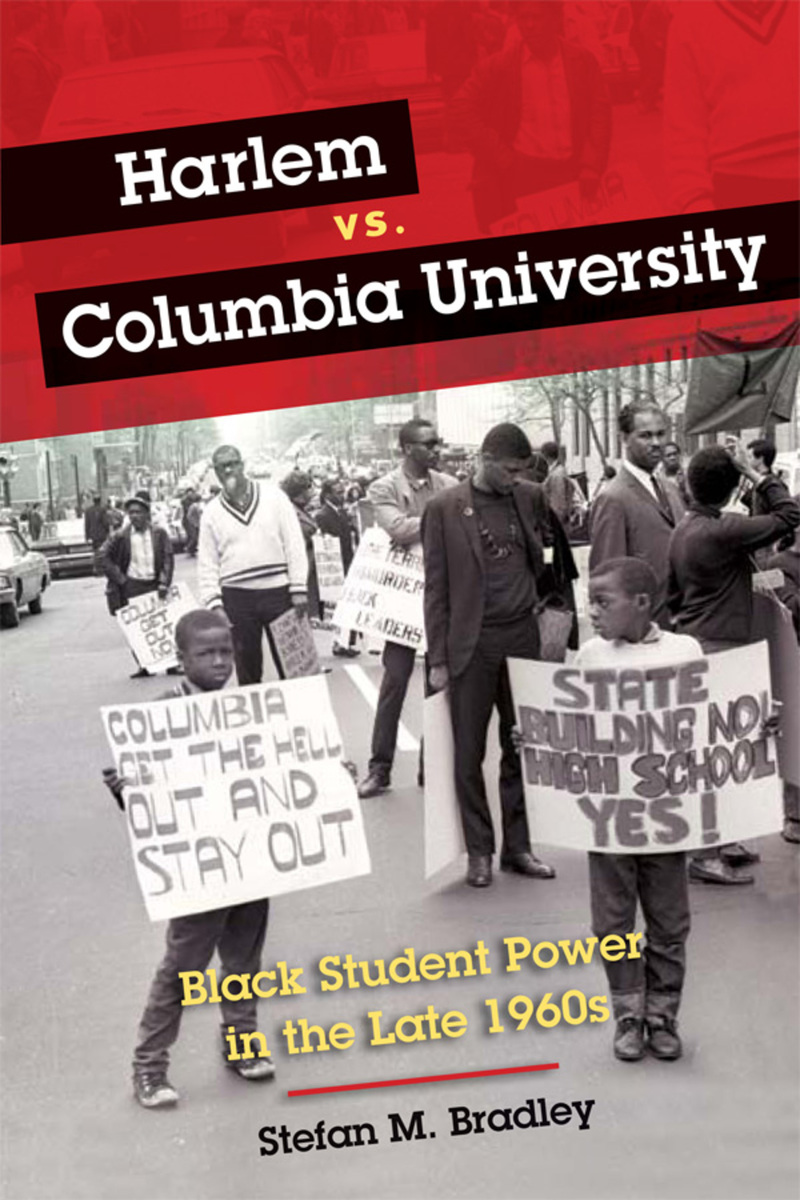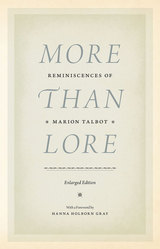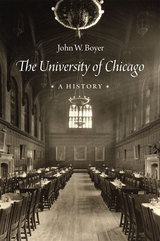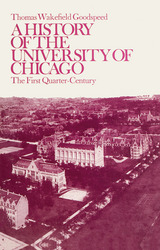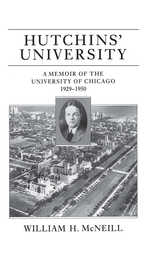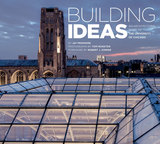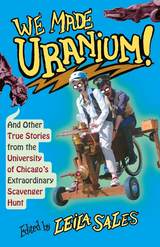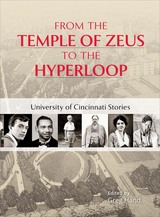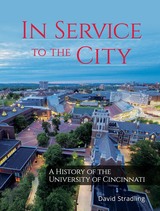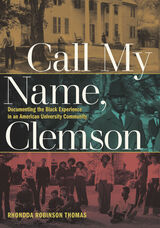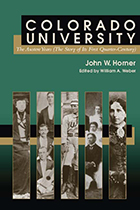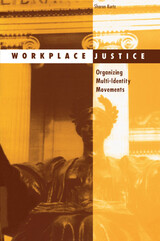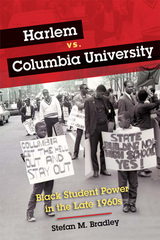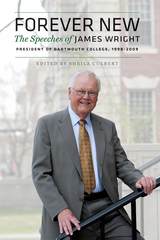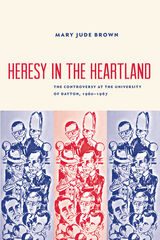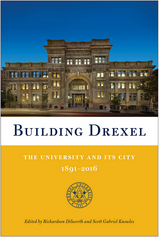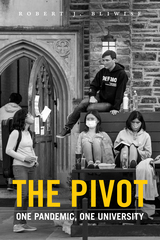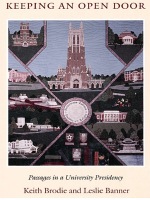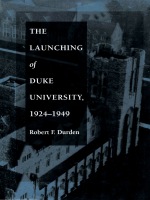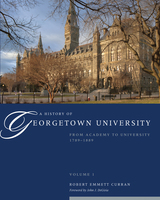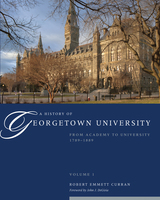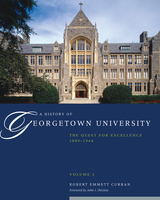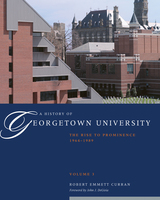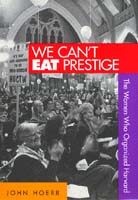Harlem vs. Columbia University: Black Student Power in the Late 1960s
University of Illinois Press, 2012
Paper: 978-0-252-07886-6 | eISBN: 978-0-252-09058-5 | Cloth: 978-0-252-03452-7
Library of Congress Classification LD1250.B73 2009
Dewey Decimal Classification 378.7471
Paper: 978-0-252-07886-6 | eISBN: 978-0-252-09058-5 | Cloth: 978-0-252-03452-7
Library of Congress Classification LD1250.B73 2009
Dewey Decimal Classification 378.7471
ABOUT THIS BOOK | AUTHOR BIOGRAPHY | REVIEWS | TOC
ABOUT THIS BOOK
In 1968–69, Columbia University became the site for a collision of American social movements. Black Power, student power, antiwar, New Left, and Civil Rights movements all clashed with local and state politics when an alliance of black students and residents of Harlem and Morningside Heights openly protested the school's ill-conceived plan to build a large, private gymnasium in the small green park that separates the elite university from Harlem. Railing against the university's expansion policy, protesters occupied administration buildings and met violent opposition from both fellow students and the police. In this dynamic book, Stefan M. Bradley describes the impact of Black Power ideology on the Students' Afro-American Society (SAS) at Columbia. While white students--led by Mark Rudd and Students for a Democratic Society (SDS)--sought to radicalize the student body and restructure the university, black students focused on stopping the construction of the gym in Morningside Park. Through separate, militant action, black students and the black community stood up to the power of an Ivy League institution and stopped it from trampling over its relatively poor and powerless neighbors. Comparing the events at Columbia with similar events at Harvard, Cornell, Yale, and the University of Pennsylvania, Bradley locates this dramatic story within the context of the Black Power movement and the heightened youth activism of the 1960s. Harnessing the Civil Rights movement's spirit of civil disobedience and the Black Power movement's rhetoric and methodology, African American students were able to establish an identity for themselves on campus while representing the surrounding black community of Harlem. In doing so, Columbia's black students influenced their white peers on campus, re-energized the community's protest efforts, and eventually forced the university to share its power.
See other books on: African American student movements | Black power | Columbia University | New York | New York (State)
See other titles from University of Illinois Press
